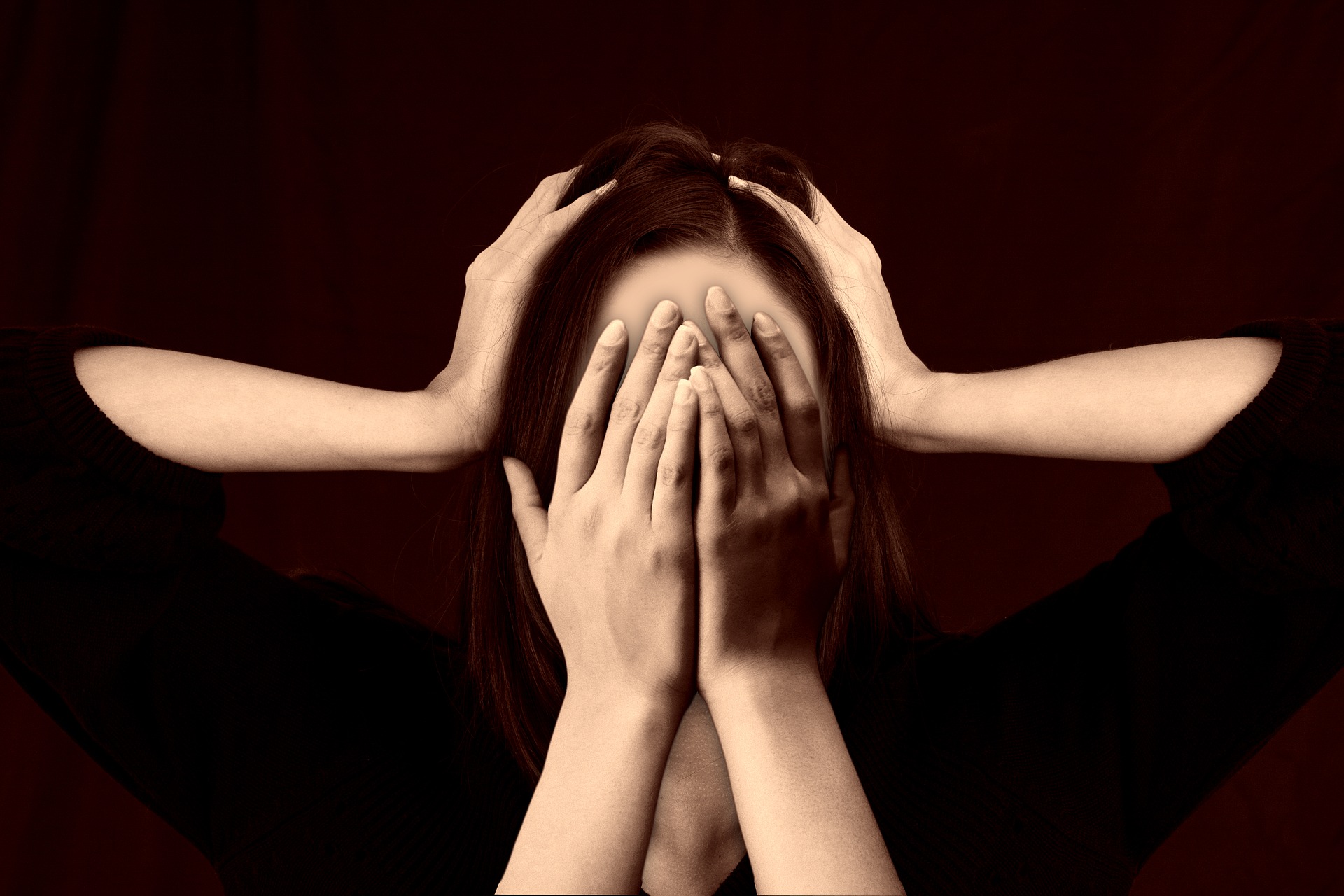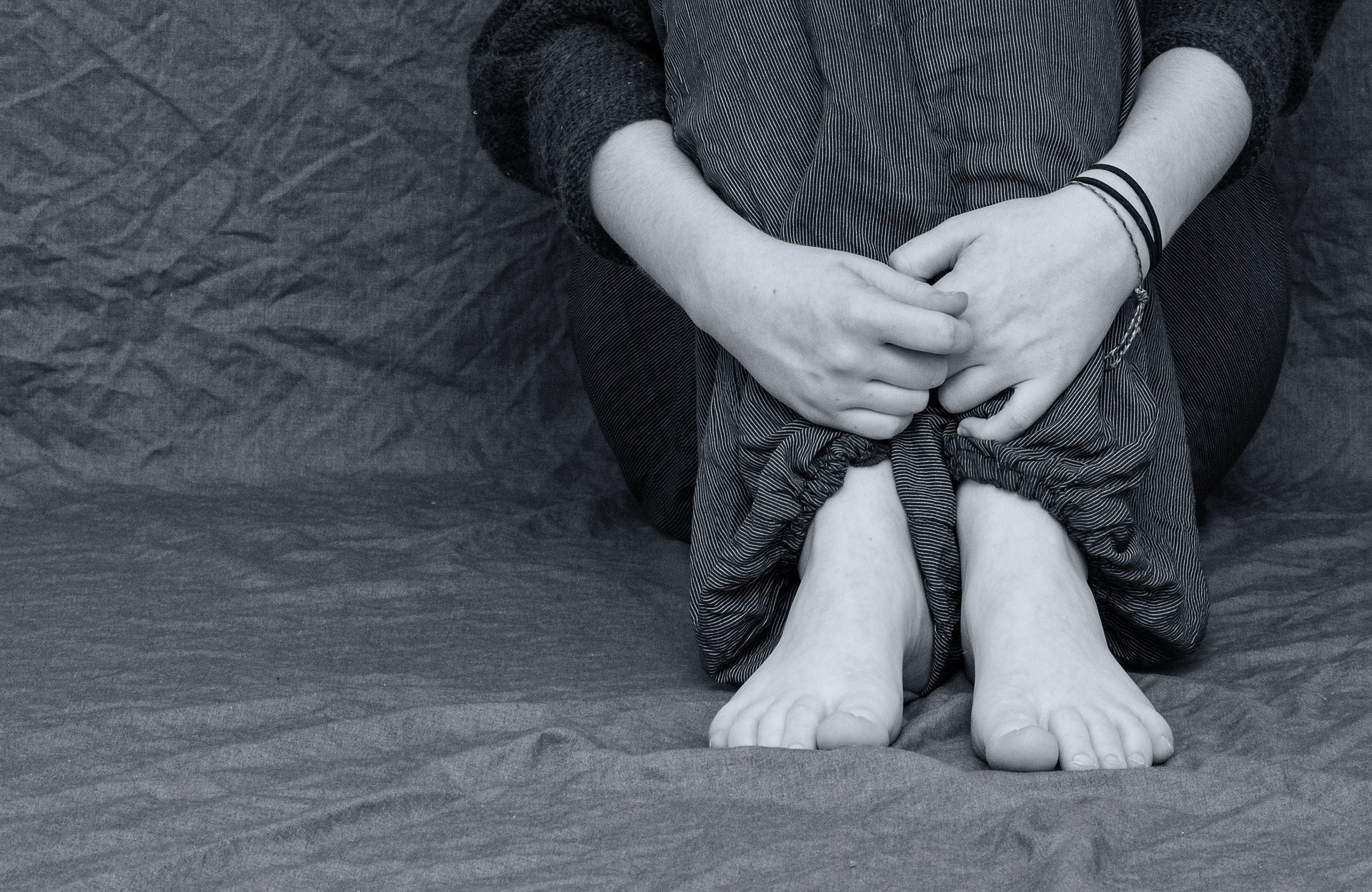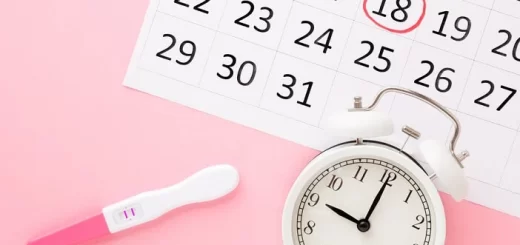Mental Health 101: Bipolar disorder (Part 1)
Mental health issue is something that all of us should be aware of and should discuss openly because it should not be stigmatized, and not talking about them make them taboo. Thankfully, most of us are more open to talking about our mental health struggles, be it with depression, anxiety, ADHD, or even bipolar disorder. One of the greatest impactors of our generation is cinema and movies, and they can impact how we view the world around us. With movies like Mr. Jones or even Touched with Fire, we are making it more accessible to talk about mental illness in public spaces, and this is no longer seen as something that we should be ashamed of or that we should hide. So, without further ado, let’s learn more about bipolar disorder.
What is bipolar disorder?
It was formerly known as manic depression and is among the top 7 mental issues that people face around the globe. It is characterized by extreme mood changes that can last for days or weeks at a time. Everyone experiences mood swings from time to time, and this is totally normal and part of what makes us human. Emotional or environmental stimuli usually influence this. However, bipolar disorder is the prolonged feeling of mood swings that can alternate how we view and deal with the world. A person with bipolar disorder is often triggered by unidentifiable causes or events and often cycles from low lows, known as the depression period, and high highs, known as manic episodes.
This mood cycle changes from person to person, while for some people, this might be shorter and more intense episodes; for others, it is changes in their mood that might last for months at a time. According to studies, most people experience their first syndromes of bipolar disorder before the age of 20. Most people have their first depressive or manic event between the ages of 15 and 19. Bipolar disorder is usually misdiagnosed as depression because most people typically have their depressive episodes before having the manic ones.
Symptoms of bipolar disorder
People who have bipolar disorder, as stated early have manic and depressive episodes, but no two manic or depressive episodes look the same and here are some of the symptoms of a manic and depressive episode:
Some of the common symptoms of depressive episodes are:
-
- Difficulties concentrating
-
- Feeling of anxiety or guilt without any reasons
-
- Lack of appetite or interest in eating
-
- Lack of interest in things that usually interested or passionate yourself
-
- Prolonged feeling of hopelessness or sadness
-
- Social withdrawal
-
- Suicidal thoughts
-
- Weight loss
Some of the most common symptoms of manic episodes include:

-
- Euphoria or feeling extremely energetic
-
- Heightened irritability or agitation
-
- Increased goal-oriented behavior
-
- Reckless behavior- spending money haphazardly, practicing unsafe sex, or making rash decisions over things that may have long-lasting consequences.
-
- Sleeplessness
-
- Speaking or reacting quickly without care or forethought about their consequences
-
- Unrealistic or irrational plans or thinking
Some people who experience manic episodes also suffer some psychotic episodes sometimes, and their symptoms include:
-
- Hallucination- they see, hear, smell, or can even taste things that aren’t there. Most people who hallucinate state that they can hear voices talking to them even if they are alone.
-
- Confused thinking– people who suffer from psychotic episodes frequently jump from one topic to another, speak like they are in a hurry, have jumbled thoughts, make up words, or even use and usually talk in abnormal cadence (which might be too quick or too slow).
-
- Delusion– these people have fake beliefs or sensations that others don’t experience. They might believe that they have some special abilities or that they are being controlled by outside forces.
Don’t worry; we aren’t done with our blog on bipolar disorder yet; for more information on the matter, read part two of this blog, where you will find the different types of bipolar disorder and how this mental illness can be cured. Remember, by being more vocal and talking about your mental illness, you are destigmatizing the topic and making it easier for people to reach out if they suffer from any mental illness.




1 Response
[…] part one of this series, which you can read here, we went over the definition of bipolar disorder and the symptoms of this specific illness. In this […]